Are you the proud parent of a spunky Border Terrier? You’re in for a rollicking good time! These pint-sized pups pack a ton of personality and energy into their small frames. But, as with any furry family member, proper training is essential to ensure that your Border Terrier is well-behaved and happy. Fear not, though! Training your Border Terrier can be a rewarding and enjoyable journey for both you and your furball. In this guide, we’ll embark on a training adventure, peppered with fun tips, tricks, and insights on raising a well-mannered Border Terrier.
Border Terrier Description:
Border Terriers were purposefully bred to match the agility of horses and other foxhounds while being small enough to navigate fox burrows. Their distinct features include a broad skull, short muzzle, strong teeth, and V-shaped ears. These tenacious canines come in various coat colors like grizzle-and-tan, blue-and-tan, red, or wheaten, with short whiskers and a naturally short, tapering tail.
These narrow, well-proportioned dogs typically measure 13 to 16 inches at the shoulder for males and weigh between 13 to 15.5 pounds, while females stand at 11 to 14 inches and weigh 11.5 to 14 pounds.
Border Terriers boast a double coat that combines a soft, dense undercoat with a harsh, wiry, weather-resistant outer coat that lies flat against the body, devoid of any curl or wave. These features make them exceptional hunters and loyal companions.
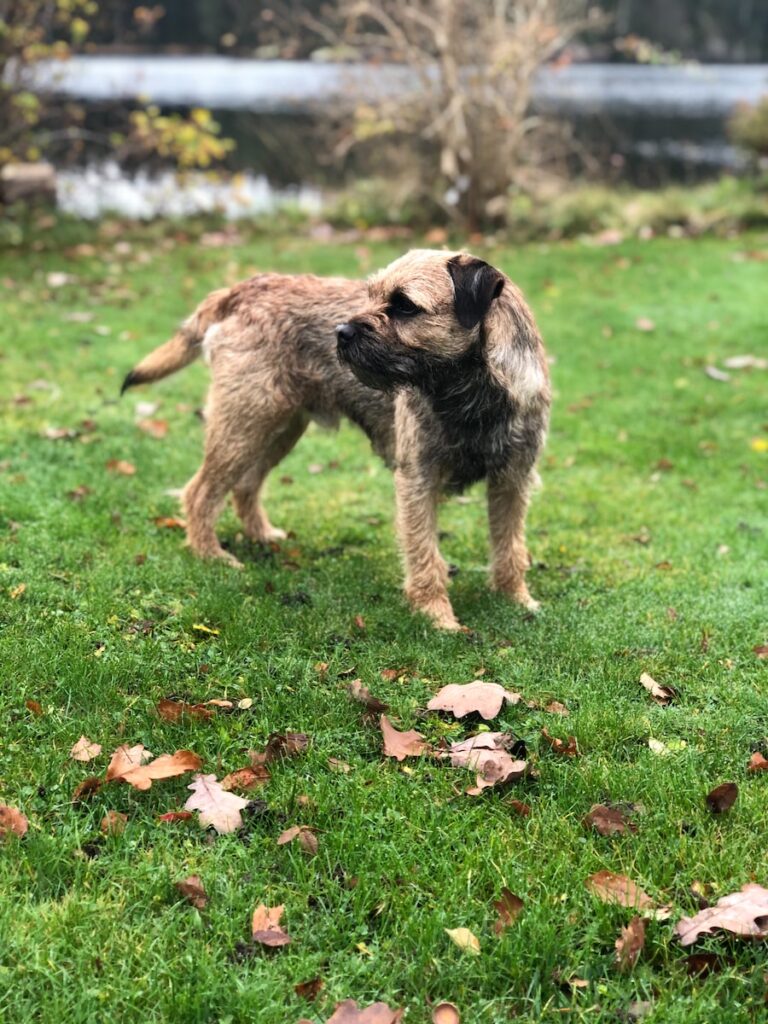
Historical Background
Initially known as the Coquetdale Terrier or Redesdale Terrier, the Border Terrier’s roots are deeply embedded in the region of its evolution. However, by the late 1800s, it became more commonly referred to as the Border Terrier, likely due to its strong association with the Border Hunt in Northumberland. These tenacious dogs share ancestry with the Bedlington Terrier and the Dandie Dinmont Terrier.
The Border Terrier was officially recognized as a breed in 1920, coinciding with the formation of The Border Terrier Club in the same year. Their primary role was to flush out foxes that had sought refuge underground, but they also proved adept at pest control. Over time, their skills expanded to include hunting otters and badgers.
The first Border Terrier registered with The Kennel Club was The Moss Trooper, sired by Jacob Robson’s Chip in 1912 and listed in the Kennel Club’s Any Other Variety category in 1913. Although the breed faced rejection for formal recognition in 1914, it achieved official recognition in 1920, with the initial breed standard crafted by Jacob Robson and John Dodd. Jasper Dodd assumed the role of the club’s first President.
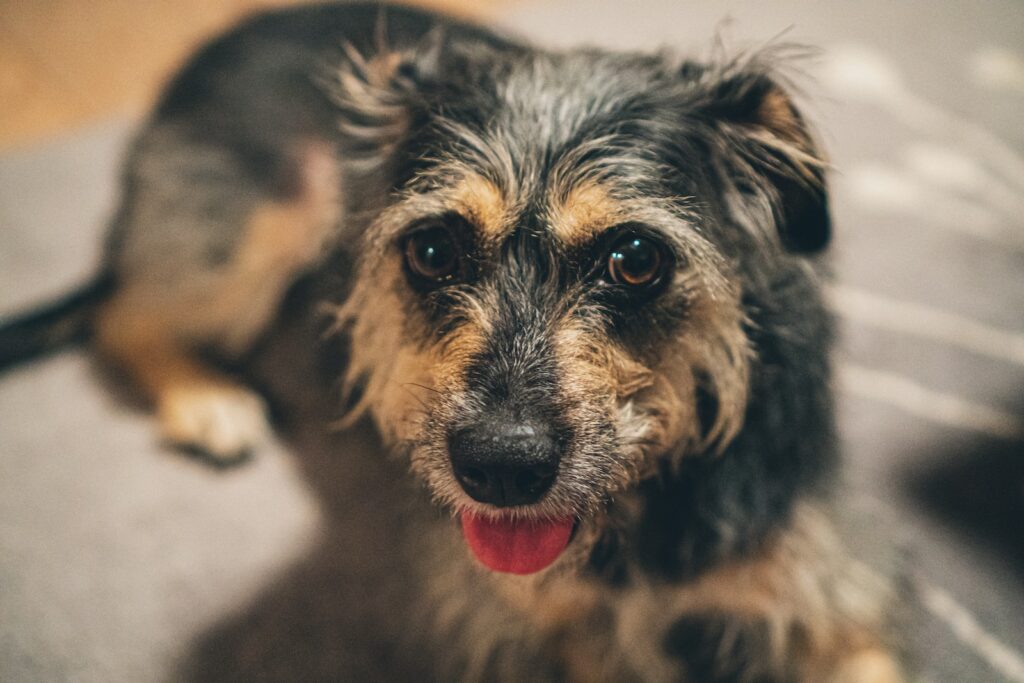
Border Terrier Training
When it comes to training Border Terriers, you’re not just teaching commands; you’re shaping their world. Learn the secrets to a harmonious life with your Terrier!
By the way – If you’re determined to transform your pup into the ultimate canine superstar, you absolutely have to check out Adrienne Farricelli’s dog training program. Seriously, she’s one of the warmest personalities in the dog training universe. And her classes? Oh boy, they’re like having your very own dog whisperer right at your beck and call. Adrienne’s approach is incredibly down-to-earth (pun not intended), and she’s ready to show you the ropes to have your furry pal trained like a pro. So, if you’re after a comprehensive, in-depth guide to canine training success, don’t miss what Adrienne has in store. Your pup will be forever grateful with a million tail wags! 🐶❤️
Understanding Your Border Terrier
Border Terriers are known for their intelligence and determination. They’re pint-sized dynamos, often called “big dogs in small bodies.” Before you dive into training, get to know your Terrier’s temperament. They’re curious, alert, and always ready for action. These qualities make them fantastic companions but can also lead to some spirited stubbornness.
Effective Border Terrier training goes beyond commands. It’s about your lifestyle and the messages you send. Michele Welton, a renowned dog trainer, emphasizes that your actions speak volumes to your furry companion. Let’s delve into some paw-some advice for training and nurturing your Border Terrier.
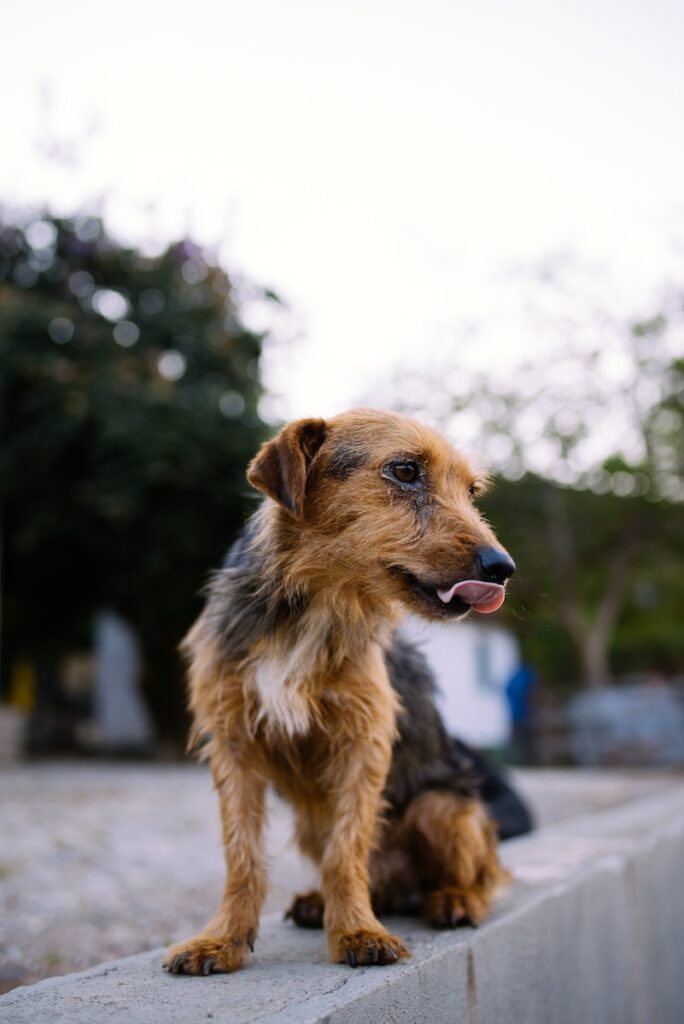
Basic Obedience Training
The first step in Border Terrier training is basic obedience. These commands are not just about controlling your pup; they’re essential for their safety and happiness. Remember, consistency and positive reinforcement are your allies.
- Sit: Start with the “sit” command. When your Border Terrier sits on cue, reward them with a treat and affection. Practice this daily and in various situations.
- Stay: “Stay” is vital for your Terrier’s safety. Begin with short intervals, gradually increasing the time. Don’t forget to celebrate your pup’s success.
- Come: “Come” or recall is a lifesaver. Practice it in a safe, enclosed area before progressing to outdoor spaces.
- Leave it: Terriers have an innate curiosity, which might lead them to explore the unknown. “Leave it” helps them make better choices and stay safe.
- Down: The “down” command is useful for calming your Terrier in excitable situations.
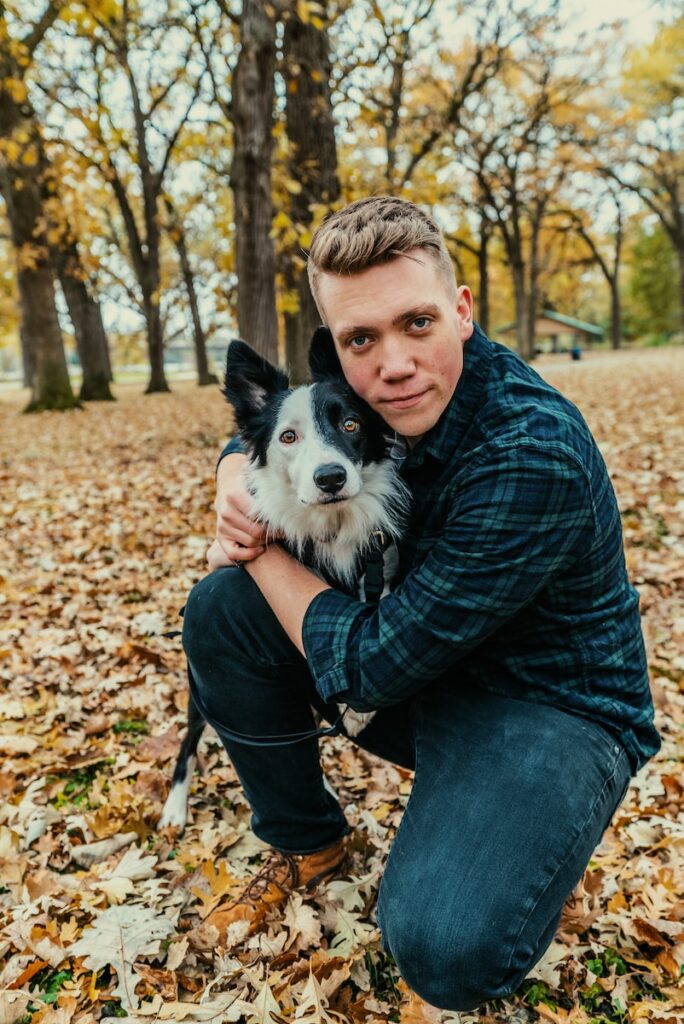
The Power of Training Methods
Not all training methods are created equal. It’s crucial to understand that training should make sense to your Terrier, not just satisfy your preferences. While treats can be motivating, you don’t want your pup to obey solely for a snack. Balance is key in fostering a healthy owner-dog relationship.
House Training Border Terriers
Border Terriers are known for their independent spirit, but they’re quick learners when it comes to house training. Establish a routine that includes potty breaks after meals, playtime, and naps. When they do their business outside, give praise and treats. If accidents happen indoors, avoid scolding. Instead, correct the behavior and focus on consistency.

Socialize for Success
Socialization is vital for your Border Terrier to interact gracefully with strangers and other pets. Make this a seamless process in your training journey.
Exercise and Play
A tired Border Terrier is a happy Border Terrier! These dogs have boundless energy and love to play. Regular exercise, such as brisk walks and playtime in a safe, enclosed area, will keep your Terrier content and well-behaved. Don’t forget mentally stimulating toys and puzzle feeders to engage their clever minds.
Dealing with Stubborn Moments
Even the most well-behaved Terrier can have moments of stubbornness. When your pup digs in their paws, remember that patience is key. Avoid punishment and opt for positive reinforcement instead. Use high-value treats and praise when they obey a command.
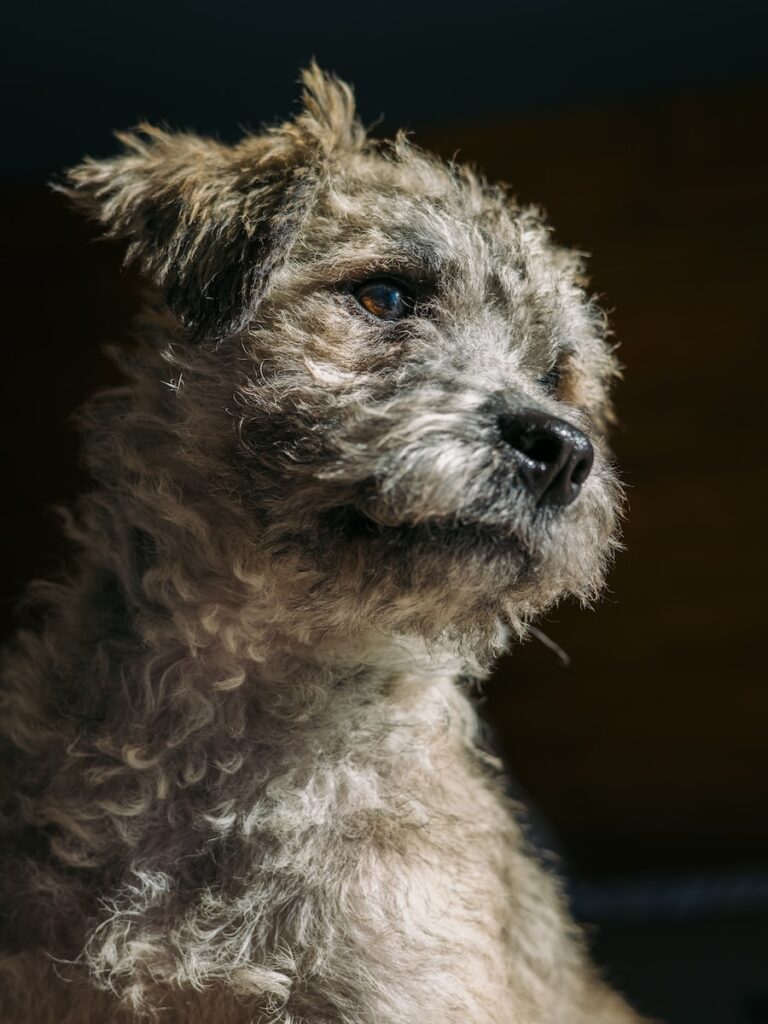
Advanced Training
Once your Border Terrier has mastered the basics, consider advanced training to stimulate their intelligent minds. Teach fun tricks like roll over, shake, or fetch. Many Terriers excel in agility training, flyball, or obedience competitions. These activities are not only enjoyable but also strengthen the bond between you and your furry friend.
Celebrating Progress
Remember, training is a journey, not a destination. Celebrate your Border Terrier’s successes, no matter how small. Positive reinforcement, like treats, toys, and praise, goes a long way in shaping their behavior.
In conclusion, Border Terrier training isn’t just about commands; it’s a holistic approach to canine companionship. Ensure your Terrier understands your cues, respects your leadership, and embraces a life of well-mannered behavior. It’s a journey filled with love, respect, and lots of wagging tails!


